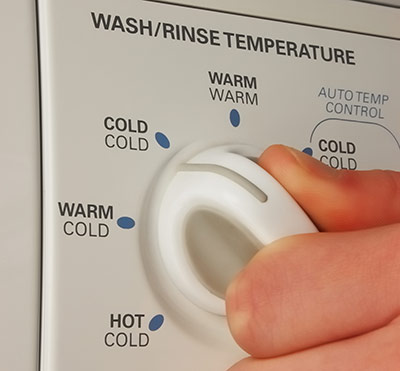The International Scientific Forum on Home Hygiene (IFH) 2011 report on infection risks associated with clothing and household linens, published in April 2011, has lead to concerns being raised in the media and elsewhere about the effectiveness of low temperature laundry processes in dealing with these risks.
We do not strictly control Google ad content. If you believe any Google ad is inappropriate, please email us directly here.
In this 2011 report IFH concluded that: “Overall the weight of evidence presented in this report indicates that clothing and household linens are an important potential risk factor for transmission of infection in home and everyday life settings resulting from normal daily activities. The data suggest that the greatest risks occur immediately after contact with, or shedding from, an infected source. The full report can be found at: http://www.ifh-homehygiene.org/IntegratedCRD.nsf/eb85eb9d8ecd365280257545005e8966/d0e3b0f361079f1780257865003d43b1?OpenDocument.

1. As stated in the IFH fact/advice sheet on laundry, IFH recommends the following conditions for laundering of clothing, household linens, etc:
- In situations where there is high risk (i.e. where someone in the home is infected - e.g. shedding pathogens in feces or from their skin - or there is someone who is particularly vulnerable to infection), underwear, clothing and household linens, such as bed linens and towels, should be washed at 140°F (60°C) or more using a bleach-based laundry product and following manufacturer’s instructions. This also applies to:
- Uniforms of healthcare workers which are laundered at home.
- Clothing which is heavily soiled e.g. with feces or vomit (including re-usable babies’ diapers).
- Sports clothing, particularly for high-contact sports such as football, judo, wrestling, etc.
- Cloths and towels used in the kitchen during food preparation.
All items of potentially contaminated laundry should be washed separately from other items. It is important that people wash their hands thoroughly after handling soiled laundry.
2. In view of the need to also take account of concerns about the environmental impact of high temperature laundry processes, for normal day-to-day situations:
- On the basis of current evidence IFH concludes that laundering of items which come into direct contact with the body (such as underclothing (including socks), towels, bed linens and other personal items) at 86-104°F (30-40°C) with a bleach-based laundry product (following dosage instructions) is sufficient to manage any risks.
- Laundering at 104°F (40°C) or less with a non bleach-based product is considered to carry a risk of inadequate decontamination, but is considered satisfactory for items of outer clothing such as jackets, skirts, trousers etc. which are considered as “low risk”.
HHI Error Correction Policy
HHI is committed to accuracy of content and correcting information that is incomplete or inaccurate. With our broad scope of coverage of healthful indoor environments, and desire to rapidly publish info to benefit the community, mistakes are inevitable. HHI has established an error correction policy to welcome corrections or enhancements to our information. Please help us improve the quality of our content by contacting allen@healthyhouseinstitute.com with corrections or suggestions for improvement. Each contact will receive a respectful reply.
The Healthy House Institute (HHI), a for-profit educational LLC, provides the information on HealthyHouseInstitute.com as a free service to the public. The intent is to disseminate accurate, verified and science-based information on creating healthy home environments.
While an effort is made to ensure the quality of the content and credibility of sources listed on this site, HHI provides no warranty - expressed or implied - and assumes no legal liability for the accuracy, completeness, or usefulness of any information, product or process disclosed on or in conjunction with the site. The views and opinions of the authors or originators expressed herein do not necessarily state or reflect those of HHI: its principals, executives, Board members, advisors or affiliates.









